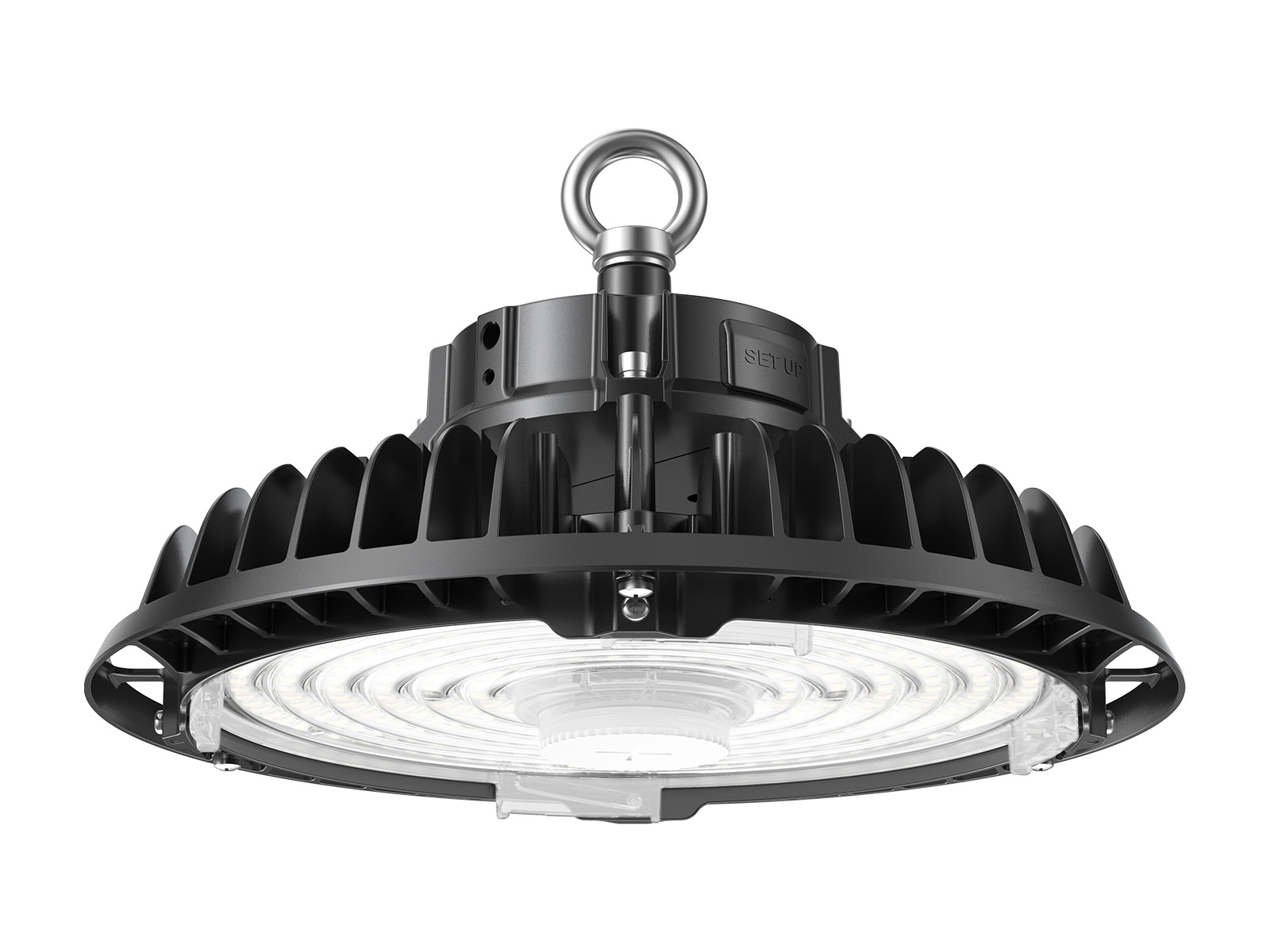Complete Overview of LED Lighting Import and Distribution in the US Market
Complete Overview of LED Lighting Import and Distribution in the US Market
Blog Article
For companies purchasing in volume, choosing the right wholesale LED supplier is essential to balance quality and cost.
From technical specs to application guidance, we’ll help you understand what makes one solution better than another.
Let’s start by looking at the reasons why sourcing LED lighting wholesale is not only cost-effective—but also the smarter long-term choice for industrial facilities.
Why Wholesale LED Makes Sense for Industrial Buyers
Bulk purchasing lowers unit costs, simplifies logistics, and ensures product consistency across your facility.
When purchased wholesale, the return on investment (ROI) becomes even more attractive, especially in spaces requiring high-output lighting such as warehouses, factories, and logistics centers.
Whether you need fixtures for ceilings over 30 feet high or task lighting for assembly zones, buying in volume allows better system-wide integration.

Benefits of Industrial LED Lighting for Warehouses and Factories
LEDs consume up to 75% less energy than traditional metal halide or fluorescent systems, significantly cutting monthly utility bills.
High-quality industrial LEDs deliver brighter, more uniform illumination, reducing shadows and minimizing workplace accidents.
Industrial LEDs also require less maintenance, thanks to their long lifespan—often exceeding 50,000 hours.
What Makes High Bay LED Fixtures Ideal for Industrial Spaces
These powerful lights deliver focused, even illumination across wide areas, ensuring that workspaces remain well-lit and compliant with safety standards.
This not only improves visibility but also enhances worker comfort and reduces eye strain, boosting overall productivity.
Advanced models, like distribuidor de luminarias led the High Bay LED EVO, combine cutting-edge optics, durable construction, and smart features such as dimming or sensor integration.
Understanding the High Bay LED EVO Advantage
Engineered for maximum performance, these fixtures combine high lumen output with exceptional energy efficiency, making them ideal for large spaces with demanding lighting needs.
What sets the EVO series apart is its advanced thermal management system, ensuring a longer lifespan even in high-temperature environments.
Companies seeking to modernize their lighting systems should consider the EVO series as a top-tier option offering durability, efficiency, and cutting-edge features.

What to Look for in an LED Importer
Experienced importers can offer insights into product selection, local compliance requirements, and after-sales support.
Transparent pricing, clear communication, and flexible contract terms are also key factors to consider.
Choosing the right partner sets the foundation for long-term success and maximum return on your LED investment.
Why Investing in Quality LED Lighting Pays Off
Upgrading to wholesale LED lighting is one of the smartest moves industrial facilities can make today.
Selecting the right LED supplier or importer ensures you gain access to cutting-edge products, expert guidance, and reliable after-sales support.
As industries continue to prioritize energy efficiency and sustainability, LED technology will play an even bigger role in shaping the future of industrial operations.
Your Questions Answered: Industrial LED Lighting
Why should I purchase LEDs in bulk?
Buying LEDs wholesale lowers unit costs, simplifies logistics, ensures product consistency, and often provides better warranties.
What is a high bay LED light?
They provide powerful, even illumination across wide areas, improving visibility and safety.
What makes the High Bay LED EVO different?
It’s a top-tier choice for demanding industrial applications requiring durability and performance.
How do I choose a reliable LED supplier or importer?
A good importer ensures product quality, compliance, fast delivery, and long-term partnership.
Are LEDs worth the investment?
Industrial LED upgrades can reduce energy costs by up to 75% and maintenance costs by up to 50%.
Report this page